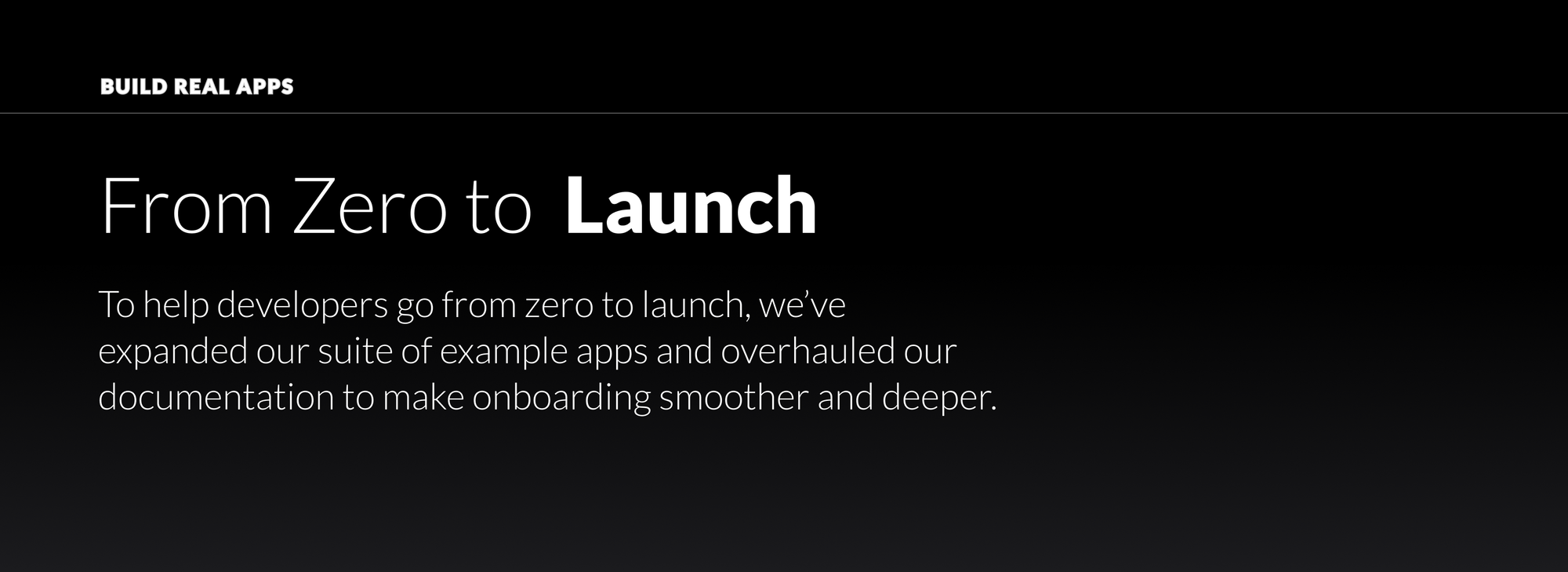Community Report: Looking Ahead to 2026
Happy New Year to the Nexus community! As we step into 2026, we’re excited to kick off a strong

The Nexus Layer 1 is more than a protocol — it’s a programmable foundation for building the next generation of verifiable applications. To help developers go from zero to launch, we’ve expanded our suite of example apps and overhauled our documentation to make onboarding smoother and deeper.
Here’s what’s new — and how to use it.
Whether you’re exploring token workflows, experimenting with NFTs, or designing trust-minimized compute flows, the new Layer 1 example apps offer concrete, production-minded patterns to start from:
Each of these apps is not just a toy demo — they’re designed as reference architectures for scalable, secure applications in the verifiable internet era.

We’ve made major improvements to the Nexus documentation, with an emphasis on clarity, structure, and visuals:
These updates make it easier for developers at all levels to understand how Nexus works under the hood, and how to build within that framework.
Zero-knowledge virtual machines (ZKVMs) are a core part of Nexus’s infrastructure. To help developers adopt ZK-native patterns, we’ve overhauled the zkVM documentation with:
This positions developers to design apps that are both powerful and provable —from compute marketplaces to trustless oracles.
With these tools—real examples, refined docs, and a more approachable zkVM —you can go from concept to code with confidence. The Nexus Layer 1 isn’t just a platform. It’s a canvas for building a more Verifiable Internet.
Start building at docs.nexus.xyz and join the conversation in Discord.